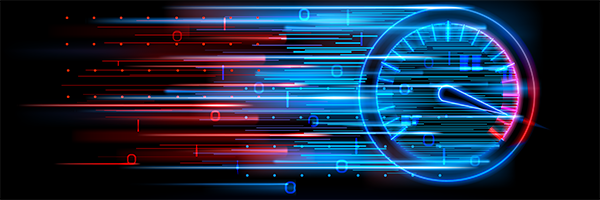
Event overview
In today’s fast paced laboratory environment two factors can have a big impact on how productive a lab is: speed of application and efficient use of gases. While helium is a great carrier gas for gas chromatography, issues with availability or cost can cause a lab to look at other possibilities that may be available from gas generators, such as hydrogen.
This presentation discusses how to properly transition your method from helium to hydrogen carrier gas, along with consumables that you may want to consider changing as well, such as using a HydroInert source or switching to smaller diameter columns. Underutilized available ways to make your gas last, such as using Gas Saver are also talked about. Finally, tips and tricks are presented on how to speed up your overall analysis method, to help ensure high sample throughput and maintain data integrity.
What you need to know:
Format: On-demand
Duration: Approximately 1 hour
Presenters:
 Vanessa Abercrombie
Vanessa Abercrombie
Gas Chromatography Applications Chemist, Agilent Technologies
Vanessa is GC Applications Chemist at Agilent Technologies in Folsom, California, USA. Vanessa has a broad background in GC and GC/MS, including experience as an instrument chemist at Bode Technology in Virginia working under contract to the FBI’s Laboratory Division. Prior to that, Vanessa worked for ETS Labs in St. Helena, CA as an Analytical Chemist where she researched and developed quantitative separations by GC/MS and UHPLC for beer, wine and spirits. She holds a Masters of Forensic Science from The George Washington University and a Bachelor of Arts in Chemistry from Sonoma State University.
 Samuel Haddad
Samuel Haddad
Application Development Chemist, Agilent Technologies
Samuel Haddad is a GC Application Development Chemist at Agilent Technologies in Wilmington, Delaware. Samuel specializes in GC and GCMS applications of trace analysis in environmental and heavy matrix samples. His specialty includes sample preparation techniques to separate analytes from matrix components and extraction from a wide variety of matrix including water, fish, aquatic life, soil, and complex fluids. Samuel holds a Ph.D. in Environmental Science from Baylor University and a B.S in Biology from Southern Illinois University Edwardsville.
Who should view the presentation:
Laboratory technicians, researchers, and scientists wishing to learn more about how to keep their GC(MS) system clean.
Sponsor:

